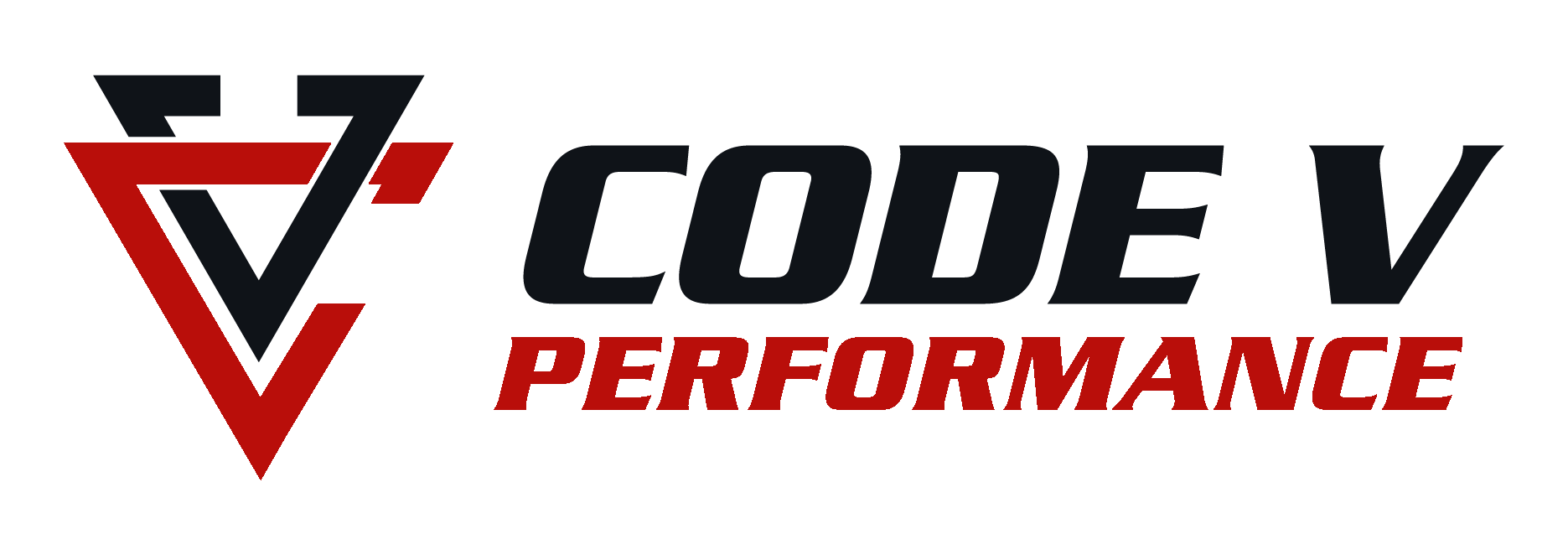What is Advanced Muscle Integration Technique?
Introduction to AMIT
The key to best performance…
Advanced Muscle Integration Technique (AMIT) allows a functional assessment of the muscle systems of the body. When a muscle is overloaded beyond its limitation, it can “shut down” (become inhibited) by the nerve centers within the muscle. You can imagine this to be similar to a circuit breaker shutting down an electrical circuit. The nervous system does this as a protective mechanism, to prevent the muscle from tearing. Using AMIT therapy we are able to facilitate the muscle, restoring its proper function. When the muscle is functioning properly neurologically, then the muscle can be strengthened.
How do I know if I need AMIT?
If you have any history of joint pain or injuries, then you likely have inhibited muscles that are either the result of or contributing to this pain. How can this be? Let’s imagine an ankle sprain. You may have sprained your ankle 10 years ago and underwent typical medical management for this. You were probably told to rest and ice the ankle, then eventually to begin Physical Therapy to restore motion and strength. This process most likely took several weeks. Eventually the ankle seems well and you go back to your regular demands. There is however, a very high likelihood that the ankle never fully recovered. Your were probably favoring that ankle over the years, putting more stress on the opposite knee and hip. 10 years after the ankle sprain, you begin to develop knee pain. We might assume you now have an injury in your knee. However, it is possible that the accumulated stress is actually causing pain in the knee. The AMIT exam will reveal the muscle imbalances of the old ankle injury. Once those are treated, the knee pain will often resolve. If the knee has been stressed enough to result in its own imbalances, then those muscles will also have to be treated to resolve the knee pain and restore proper function of the knee joint. If your ankle sprain had been treated with the AMIT system, then the recovery would have been much different. The ankle would be adjusted if needed to restore the proper biomechanical relationship of the ankle bones, then the muscles would be treated using AMIT to restore proper muscle function. While any inflammation from a ligament injury would still have to be dealt with - the ankle function would be restored within minutes of treatment! With this type of care, most people are able to return to regular activity almost immediately.
What are symptoms of muscle inhibition?
The most common symptoms of muscle inhibition are joint pain, pain in a tendon or muscle, muscle tightness and limited range of motion (ROM). How can muscle tightness and limited range of motion be due to muscle inhibition? The easiest example is tight hamstrings. Tight hamstrings or repeated hamstring injury are a common complaint. In those instances it is very likely that the quadriceps are inhibited. Normally, when the quadriceps contract, they will send a neurologic signal to the hamstrings to relax - this is termed reciprocal inhibition. If the quadriceps are inhibited, then they will not be able to send the normal signal to relax to the hamstrings. Joints will also have limited range of motion when muscles responsible for that motion are inhibited. The body does not allow your joints into positions of instability. This is why the AMIT method does not address tight muscles directly, but focuses on inhibited muscles.
Now - if you are ready to regain full function of your body, then contact us now to schedule your full AMIT exam and get started on your pathway back to full function and health!

